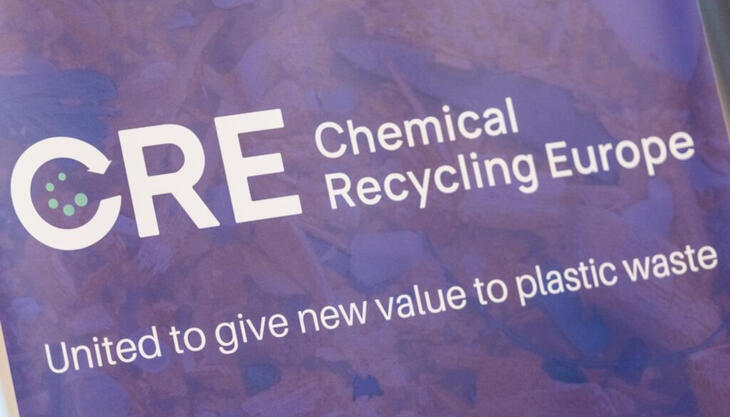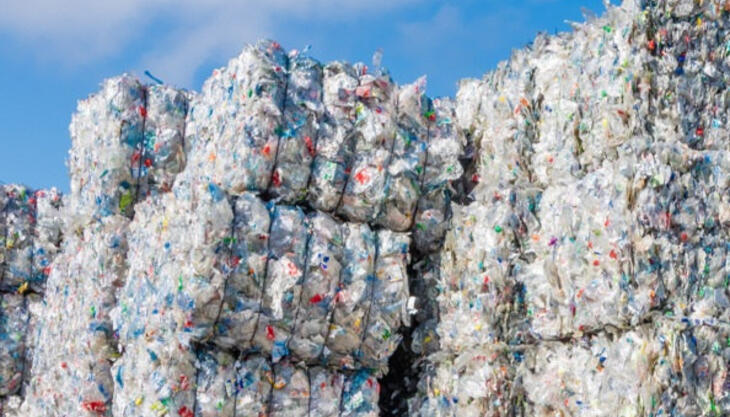European project on the impact of micro- and nano-plastics on human health

To assess the possible effects on human health of inhaled or ingested micro- and nano-plastics. This is the aim of the European Polyrisk project, which brings together 15 partners from 7 EU countries, including Enea and the University of Utrecht (the Netherlands) as coordinator. The study will investigate how many of these tiny particles, generally invisible to the naked eye, are inhaled into our bodies in real-life scenarios, such as pedestrians walking on busy streets, athletes training indoors on artificial turf, or factory workers in the textile and synthetic rubber industries; for exposure through ingestion, studies will be carried out on drinking water.
"Enea will develop methods to produce microplastics similar to those found in the environment, which will be used as a reference to define risks and characterise plastic materials in real-life scenarios", explains the scientific manager of the project for ENEA, Sonia Manzo, from the Protection and Valorisation of Territory and Natural Capital Department. "This project also aims to fill gaps in the field in order to support regulatory measures that take into account data and scientific analyses on the risks of microplastics to human health".
During the first two years of the project, the most appropriate methods and tools for characterising and measuring microplastics in the environment and defining toxicological effects were evaluated and identified. Studies of real exposure scenarios were carried out in textile factories, indoor football pitches and areas of heavy traffic, and risk assessment frameworks for human health were defined. The general assembly of the Polyrisk consortium will be held in April-May 2024 to discuss progress on the data generated in the various exposure and risk studies.
Micro- and nano-plastics are so widespread that they now accumulate in the tissues of most living species and are part of the human food chain. They are caused by the dispersal and fragmentation of plastic waste from everyday items such as bottles, vials and disposable packaging, but also from construction, industrial and agricultural waste.
















